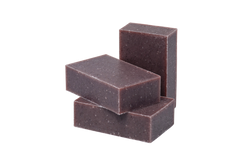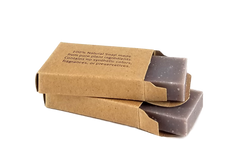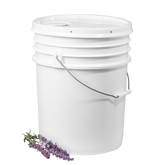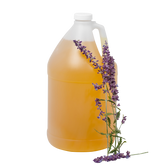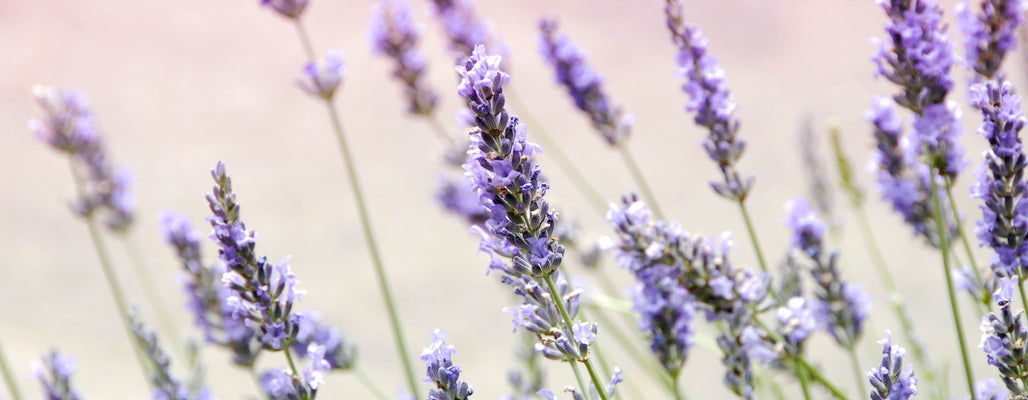
Lavender 40/42 really can’t win. From a commercial perspective, it carries the baggage all essential oils do – especially lavender. Weather, soil conditions, and distilling methods all contribute to crop yield and the ultimate potency of lavender. Markets don’t control how much or how strong the lavender crop will be.
The virtue of natural products made with natural ingredients is they’re not full of the toxins and irritants that synthetic products are. The drawback is, natural can’t be controlled.
It’s this unpredictability that prevents natural lavender from ever producing a fragrance as consistent and reliable as a synthetic. Plus, lavender’s a commodity, subject to fluctuating prices that can spike out of nowhere, which negatively affects everyone who uses it in their products. From a natural perspective, particularly the world of fragrances and aromatherapy where English lavender is often referred to as “true lavender,” Lavender 40/42 is frequently seen as low quality, adulterated, maybe not lavender at all.
Two Perspectives, Both a Little Off
Both of these perspectives are wrong. As a “standardized oil,” Lavender 40/42 is a blend of oils distilled from several lavenders, creating a standardized aroma, not so dependent on the seasonal variations of one type. With a few mass-market exceptions, 40/42 is made of 100% natural lavender oils blended to produce a mixture that is reliably 40% linalool and 42% linalyl acetate, the two primary aromatic compounds in lavender.
There’s Nothing Wrong With Being Reliable
One misconception seems to be that there’s something inherently wrong with standardization. It’s not unique or exceptional, but neither of those are critical flaws. Consistency of scent and price can make all the difference for producers. Even in the natural products world, where purity counts, consumers expect their lavender soap to be consistent from bar to bar, just as they expect peppermint leaf or oatmeal spice bars to be consistent.
There Really Isn’t Only One
The problem with getting too purist about lavender – especially holding up English Lavender (or Lavandula angustifolia) as the “true lavender” standard – is that historically many different varieties of lavender have been “true” at different times. Romans would most likely have been using Lavandula latifolia, not angustifolia. Similarly, Persians would have been using Lavandula coronopifolia and Egyptians Lavandula multifida. Those other lavenders are still around, as are 38 other species and over 400 varieties. While it’s always the best idea when using essential oils therapeutically to start with the purest you can, it’s usually a bad idea outside of movies and fiction to insist there can be only one.

